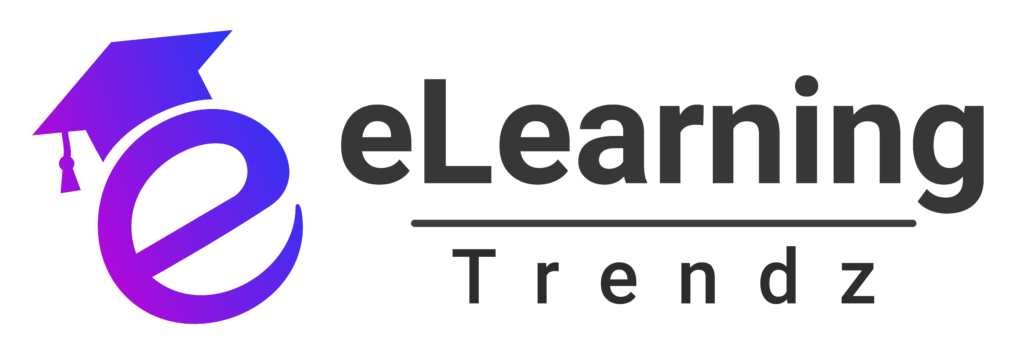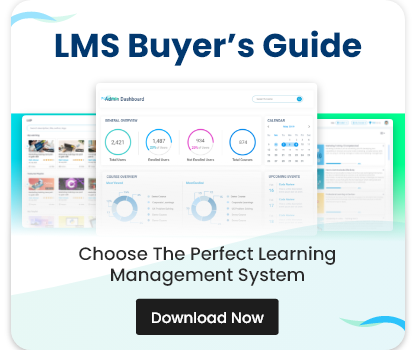In today’s fast-paced world of online learning, choosing the right learning management system (LMS) is a strategic decision that can make or break your training programmes. When budgets are tight, free and open-source solutions become highly attractive. That’s why comparing Moodle with other free LMS platforms is a conversation worth having. As organisations, education institutions and businesses increasingly rely on digital learning, understanding how Moodle stacks up against its free peers helps you pick a platform that scales, adapts and delivers real value.
In this article, we’ll walk you through what to look for in a free LMS, how Moodle performs, how it compares to key alternatives, and then give you a clear pros & cons breakdown. By the end, you’ll be better equipped to decide whether Moodle — or another free LMS — is the right fit for your needs. This will serve your content strategy well and help you surface in Google’s People Also Ask (PAA) sections when searches include “comparing Moodle with other free LMS platforms”.
Start Scaling Your L&D Today with Free Tools
Unlock the Potential of Free Tools to Revolutionize Your Learning Strategy!
What does free LMS really mean and why compare Moodle?
When we talk about a free LMS, it typically means either free to download and install (open-source) or free in a cloud/hosted version with core features included. But “free” doesn’t mean zero cost in total — hosting, support, customisation and maintenance often carry costs.
Moodle is one of the most established open-source LMS platforms. It’s free to download and deploy under the GNU General Public License. Because of that open-source nature, Moodle is a natural benchmark when comparing “free LMS” options. Understanding how Moodle compares with other free LMS platforms helps you weigh trade-offs like flexibility, ease of use, support overhead, scalability and total cost of ownership.
What are the key criteria when comparing Moodle with other free LMS platforms?
1. Licensing & Cost Structure
- Is the platform truly free (open source) or free for a limited set of features/users?
- What are hidden costs (hosting, support, plugin-licences, customisation)?
In Moodle’s case, while core software is free, hosting and customisation may incur costs.
2. Customisation & Flexibility
- Can you modify themes, deploy plugins or change workflows?
- How many integrations are available?
Moodle boasts a large plugin ecosystem and high flexibility.
2. Customisation & Flexibility
- Can you modify themes, deploy plugins or change workflows?
- How many integrations are available?
Moodle boasts a large plugin ecosystem and high flexibility.
3. Ease of Use & Learning Curve
- How intuitive is the UI for instructors and learners?
- How much IT expertise is needed for deployment and maintenance?
Here Moodle often shows a steeper learning curve compared to simpler free LMS platforms.
4. Scalability & Technical Requirements
- How well does the platform scale (users, courses, geographies)?
- What hosting/deployment options exist (cloud/self-hosted)?
Moodle is known to scale well but requires proper infrastructure
5. Support, Community & Updates
- Is there a strong community, regular updates, certifications/plugins ecosystem?
Moodle has a large global community and frequent updates
6. Functional Capabilities
- Does the LMS support assessments, gamification, mobile access, analytics, integrations?
- Free vs paid tiers: What limitations apply?
Comparisons show that Moodle offers many features, albeit sometimes with more configuration needed.
🚀 Ready to See Paradiso LMS in Action?
Let's show you how Paradiso LMS can work for you.
🎯 Get a Free LMS NowHow does Moodle perform? Pros & cons
Pros
- Open-source licensing & cost-effective baseline – You can download and deploy Moodle for free, giving you full control over the platform.
- High customisation and flexible deployment – With themes, plugins and integrations, Moodle allows you to tailor the experience.
- Large community and plugin ecosystem – With hundreds or thousands of extensions, third-party integrations and a global community for support.
- Scalable for large institutions – Suitable for education and corporate training with many thousands of users.
- Robust features – While free, Moodle supports assessments, quizzes, mobile apps, multiple languages, and more.
Cons
- Steep learning curve and technical overhead – Deploying, configuring and managing Moodle may require in-house technical expertise.
- UI/UX can feel dated for some users – While functional, some users find Moodle’s interface less polished compared to newer LMS.
- Maintenance & hosting responsibility – Since it’s self-hosted (unless you choose a cloud provider) you are responsible for updates, backups, security.
- Out-of-box features may require plugins – To match the feature-rich platforms, you may need to install and manage additional plugins which adds complexity.
How does Moodle compare to other free LMS platforms?
Moodle vs Google Classroom
- Google Classroom is free and very easy to use, especially in educational settings. However, it lacks the deep configurability, integrations and advanced features that Moodle offers.
PeerSpot - Moodle wins on flexibility and feature-set; Google Classroom wins on simplicity and ease-of-setup.
Moodle vs Easy LMS
- Based on comparison sources, Moodle offers many more integrations and a richer plugin ecosystem.
- Easy LMS may offer a more user-friendly experience, but at the cost of customisation and free extensibility.
When you are comparing Moodle with other free LMS platforms, you will often face trade-offs: ease of deployment vs customisation depth; lower technical barrier vs extensive feature set; free baseline vs maintenance overhead.
Which scenario is Moodle the right choice for – and when might you consider alternatives?
When Moodle is a strong choice
- You have an internal IT/Dev team or access to an LMS partner.
- You need a highly customised learning environment (branding, workflows, integrations, custom plugins).
- You anticipate scaling to large numbers of users or courses and want control over hosting/infrastructure.
- You have a limited software licence budget and prefer investing in hosting and customisation rather than expensive platform fees.
When an alternative free LMS might make more sense
- Your priority is speed of deployment, minimal setup, intuitive UI for non-technical staff.
- You are a small education institution or business with minimal customisation needs and prefer a hosted cloud solution with support.
- You don’t have internal resources for maintenance, updates and support.
- You prefer stronger UX out-of-the-box and are willing to accept some limitations on customisation.
Find the right LMS fit — explore Moodle vs. other free LMS options today!
Transform your training experience - compare top free LMS platforms and start smarter.
Conclusion: Making the Right Choice Beyond Moodle
On the other hand, modern free LMS platforms — such as Paradiso Free LMS, Google Classroom, or TalentLMS Free Plan — offer more intuitive interfaces, integrated authoring tools, and ready-to-use templates designed for faster training delivery. These platforms cater to today’s growing need for AI-powered learning, analytics, and user-friendly dashboards without the overhead of managing complex systems.
Ready to explore the future of learning? Start your journey with a free LMS that combines AI intelligence, user-friendliness, and scalability — and empower your workforce to learn, grow, and excel in the digital era















